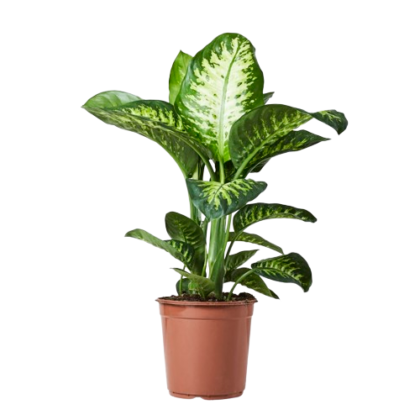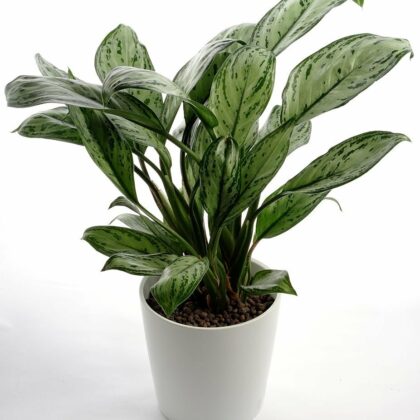Cat Palm
Available on backorder
The Cat Palm Tree, scientific name Chamaedorea cataractarum, is very similar to the Areca Palm and Kentia Palm. It is an attractive trunkless palm that is often used as a house plant. A very popular combination used for landscaping is the Cat Palm with the Christmas Palm and Bismarck. It is cold hardy and can tolerate cold down to 25F.
Cat Palm Tree Info
Scientific name: Chamaedorea cataractarum
Common names: The Cat Palm Tree is also known as Cascade Palm, Cataract Palm.
Family: Arecaceae
Origin: It is native to Southeastern Mexico.
Appearance: It grows as a dense clump of slender, green, cane-like leaf stems with pinnate, or feather-shaped, leaves that are about 1 ft long. Each leaf has about 30 to 50 narrow leaflets that are evenly spaced along the blade of the leaf.
Flowers/Fruits: In early spring, it produces bright yellow flowers that grow on branched inflorescence. Male and female flowers are born on different stalks in the same group of plants. After male flowers release pollination, female flowers turn bright orange color as the seeds mature. Fruit is dark green, ovoid, shiny about 1/2 inch in diameter, turning black when ripe.
Growth Rate: Slow to Moderate. This palm grows up to 5 – 10 ft tall and 5-10 ft wide.
Outdoor/Indoor Use: Both. Can be grown indoors if provided with enough light.
Light Req: Partial shade.
Water Req: High. This palm likes moist well drained soil. In the natural habitat, it grows near streams and rivers.
Maintenance: Easy. Requires some trimming of old leaves. To prevent nutritional deficiency, apply good quality palm fertilizer that has continuous release formula twice a year during growing season.
Cairo
Giza








